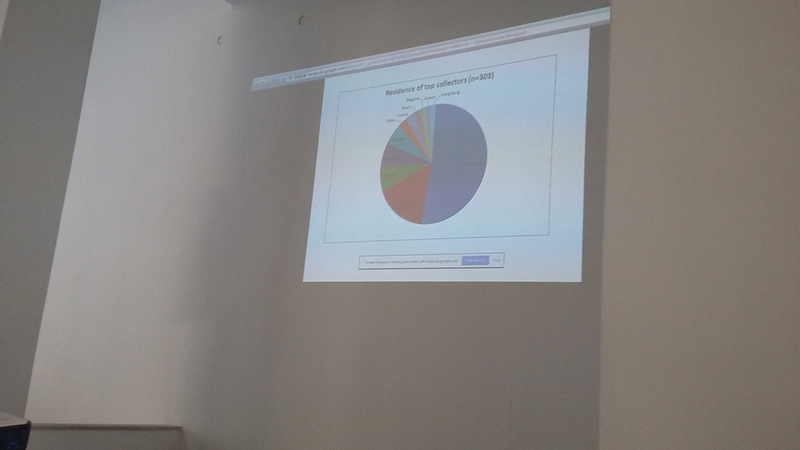The School of Redistribution is a three-month-long program that investigates the economic conditions that determine the work of small-scale organizations of contemporary art and culture in Athens. It is the first chapter of Future Climates, founded and curated by Antonia Alampi and iLiana Fokianaki, with Evita Tsokanta as head of research.
The opening program of the The School of Redistribution will be held April 5–8, 2017 at State of Concept in Athens. Live coverage of the event will take place here on e-flux conversations and will be provided by the editorial office of the School of Redistribution, which includes Jane Fawcett, Nicolas Legros, Ioli Kavakou, Giulia Palomba, iLiana Fokianaki, Evita Tsokanta, and Antonia Alampi.
One of the main aspects the program will look into is the role of art within today’s economies and capital accumulation. For its opening, artists, academics, curators, and writers will perform and discuss unconventional ways of running, financing and building institutions, networks and organizations for advocacy and support.
Contributors: Alexandra Pirici, Olav Velthuis, Victoria Ivanova, SEP, Emily Pethick, Maria Lind, Angela Dimitrakaki, Julieta Aranda & Anton Vidokle, and Mohammad Salemy.
Below is an abbreviated schedule for the event. For a full schedule, including descriptions of the planned presentations, go here.
Parthenon Marbles by Alexandra Pirici
April 5: 11am at the Acropolis of Athens / 1–3pm at State of Concept
April 7th & 8th: 2-6pm at State of Concept
WEDNESDAY, APRIL 5:
3:30–4pm
Antonia Alampi, iLiana Fokianaki, and Evita Tsokanta, From Institution building to Instituting? Time for Redistributing
4–4:40pm
Olav Velthuis, Whitewashing reputations in the contemporary art world
4:40–5:10pm
Respondent: Angela Dimitrakaki and Q&A moderated by Mohammad Salemy
5:20–5:40pm
Victoria Ivanova, Valuing the ways in which we are linked together without being one
5:40–6pm
SEP (Association of Cultural Workers), An(other) Association of Cultural Workers?
6–6:20pm
Emily Pethick, Common Practice, Cluster, and How to Work Together
6:20–6:40pm
Maria Lind, What does an artwork do?
6:40–7:40pm
Q&A moderated by Mohammad Salemy
8pm–8:40pm
Julieta Aranda and Anton Vidokle, The origins of e-flux: how we got our first spaceship
9pm–1am
Join us and e-flux for drinks—Sound provided by cumulus humilis, Tief Winfried and DJ Scheisswetter
Image: Navine Khan Dossos, study for Navigating the Numbers, 2017. Site specific wall painting in gouache for State of Concept.

